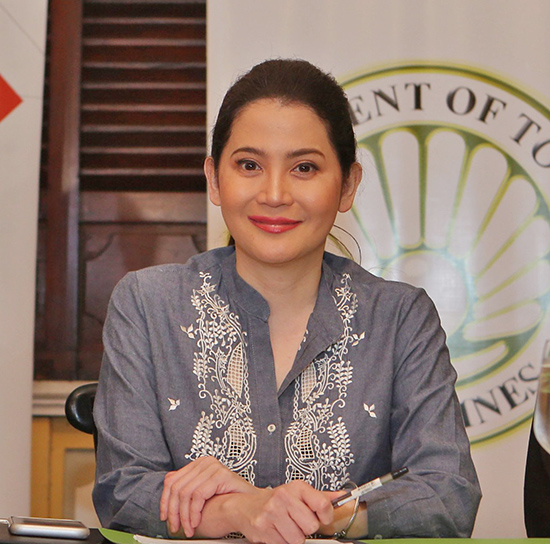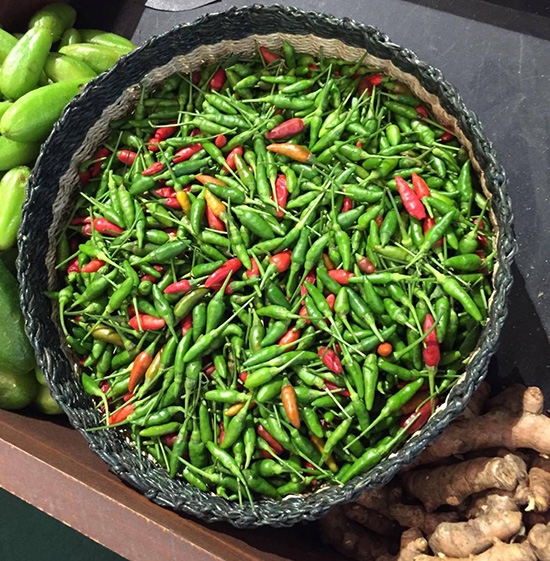Is slow food and slow travel the new and better normal?
5 min readFilipino food has already captured the world’s attention. There are Pinoy restaurants all over the world whetting the appetites of foreigners and bringing Filipinos living abroad home — if just through their palates.
This is why the Department of Tourism (DOT) has been bringing more attention to unique Filipino cuisine and the experience that goes along with it to attract even more visitors to the country — once the world becomes safe for traveling again.
“For this leg of Kain Na, we would like to provide an international perspective on slow food and slow travel,” said Tourism Secretary Berna Puyat at the opening of the third installment of Kain Na recently. “It will provide new insights on these new tourism movements, which aim to bring travelers closer to the preservation of food biodiversity and an understanding of local culture, identity and gastronomy.”

One of the things we noticed is that food tourism is a travel segment that’s important not only in the Philippines but also the world over. Travelers nowadays are not only interested in museums and the sights but also the local food and cultures of the places they visit.
“There is a unique role that farmers, producers, artisans and chefs play as storytellers and unique purveyors of local traditions,” Puyat added. “We are very excited ourselves here in the Philippines to align with other destinations around the world. Our slow-food communities are quite active and very dynamic. So we value this opportunity to share our unique experiences with one another.”
SLOW FOOD
For this leg of Kain Na, and in cooperation with Ayala Malls, the DOT invited speakers Michele Rumiz, Jean-Marc Imhof, and Denisa Livingston of Slow Food International as the opening-day speakers. They shared many enlightening experiences about slow food, culture and destination as an experience for foreign guests and how the sectors have come together to make these destinations truly worth it.
“I saw the ads of waking up in the Philippines and I really hoped that I would have woken up in the Philippines today,” said Michele Rumiz, director of Slow Food International. “It is a country I would love to visit one day.”

He compared the merits of slow food to fast food: “The first thing that comes to mind is to be the opposite of fast food,” he said. “Fast food is just that: food that may be eaten in a fast way and most importantly, fast food is always the same no matter where in the world one eats it.”
Slow food was established to bring back the importance we give to our country’s food.
“This starts by acknowledging the culture and the food biodiversity that stems behind what we eat on our tables,” he said. “Slow food envisions a world where people can access food that is good, clean and fair.”
He emphasized that slow food is something personal: that what may be good for me may not be good for you. The community in the area gives the definition of food quality, according to a given society.
“At the center of all our actions stand the local communities,” he added. “Slow food is a movement that aims to safeguard natural resources for the future of our planet.”
Jean-Marc Imhof of Slow Food International shared the process they have in Swizerland: “We notice that the rural destinations have a lack of networking between the different partners. This results in a lack of packages offered. What they have is a nice destination. But what they want is to participate, to feel, and taste the flavor of the destination.”
The goal now has become to promote Switzerland as a destination — not just for the sights but also for gastronomy. “If people understand how food is made, they will be able to see the importance of that production and help in the preservation of food biodiversity and culture of the region,” he shared. “This is done through the networking of the different players in the area, like communities’ committees. This means we want to bring people together to network and thus promote an area.”
“We are growing through the COVID-19 experience,” shares Denisa Livingston. “We are learning about resiliency and how our ancestors were able to adapt in increasing our relational resiliency. These are very important for a community.”
RURAL COMMUNITIES AND MOVING FORWARD
Aside from initiating food fairs and the public-private partnership, the DOT is also trying to ride on the slow food movement, which seeks to preserve traditional cooking and promote native ingredients found at a specific destination.
“There is now a slow-food revolution in the Philippines,” noted Puyat. “Slow food makes use of ingredients and elements that make food and gastronomy more nutritious. It has to be really sustainable in a way that the foods served to foreign travelers are local and in season. In a way, that will also help the local community and encourage farmers to plant, and produce food that is traditional. At the same time they can begin to see the value of working with the stakeholders, who can help in the development of their local communities without destroying them.”
It was a very enlightening discussion, which got me to thinking about how I travel many times searching for what I am used to eating anywhere else in the world.
Since the pandemic has allowed nature to regrow what it has lost because not many people are traveling, it may be the most opportune time for slow food, so that when the world opens up again we will have the knowledge and love for what is natural and local.
If there is one thing I learned, it is this: What is important is not only the visual beauty of a place but the sensorial — food included, which makes a destination and its people truly unique. After all, a traveler must be someone who can help preserve the culture and food of a community so that there will be enough for generations to come.
“In the words of Carlo Pedrini, the founder of Slow Food International, ‘Slow food unites the pleasure of food with responsibility, sustainability and harmony with nature,’” Puyat said. “Let us all embrace these lofty principles of slow food and slow travel, as we pivot into a new and better normal for Philippine food and gastronomy tourism.”
DOT’s Kain Na! virtual Food and Travel Festival, Slow Food, Slow Travel edition will run until Nov.27. Online sessions are shared in DOT’s facebook page, Department of Tourism – Philippines. It’s Kain Na store may be visited through www.kainnastore.com.



